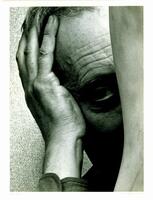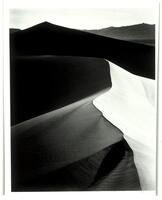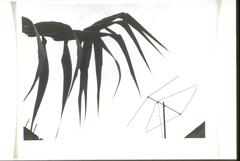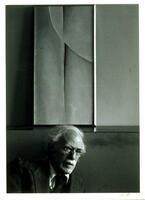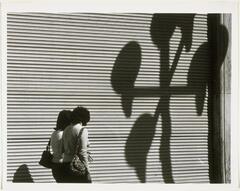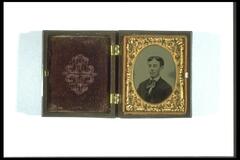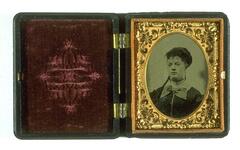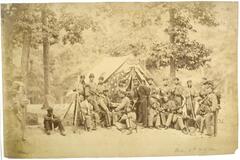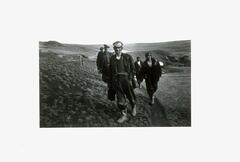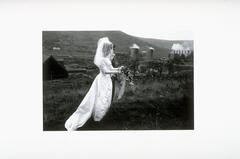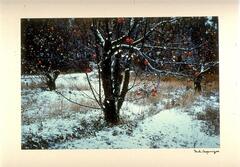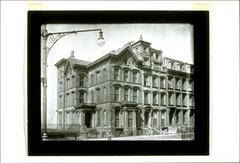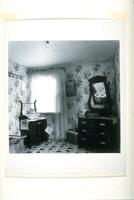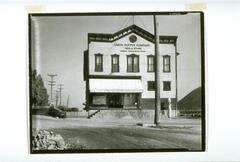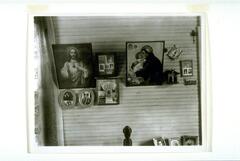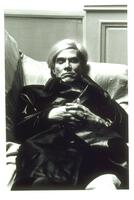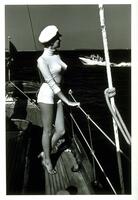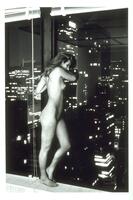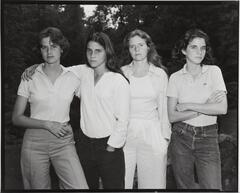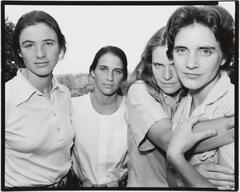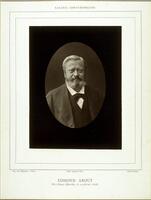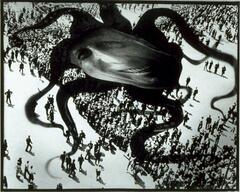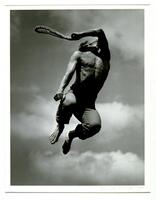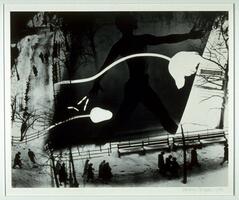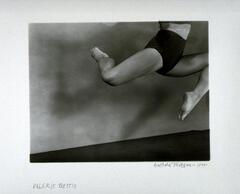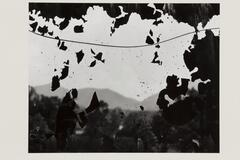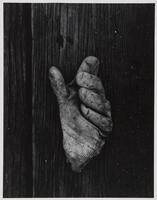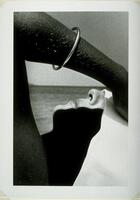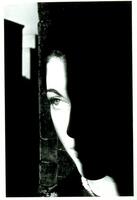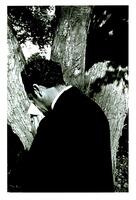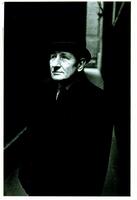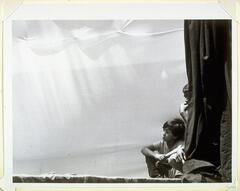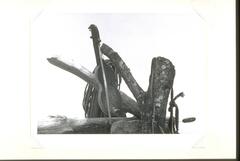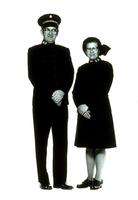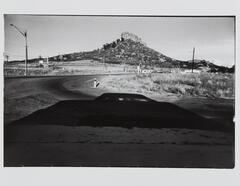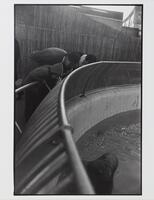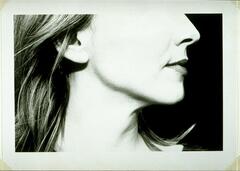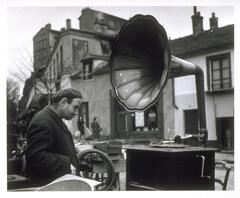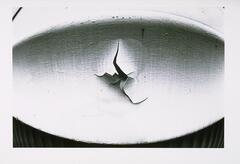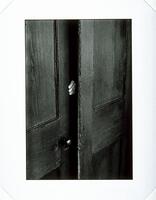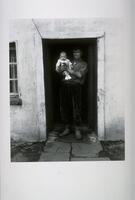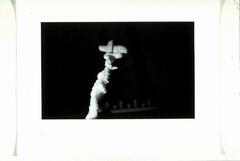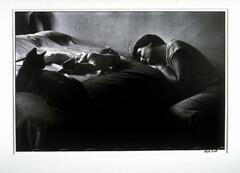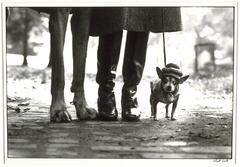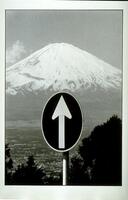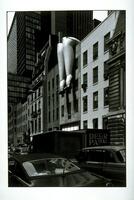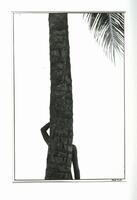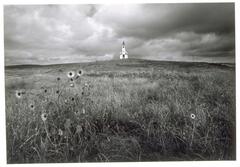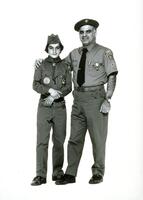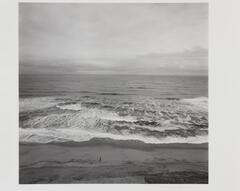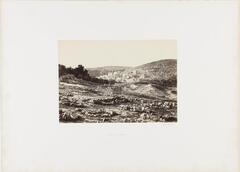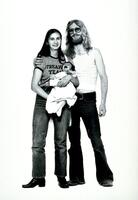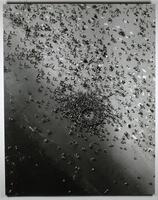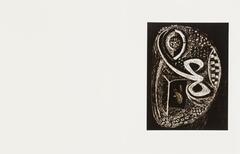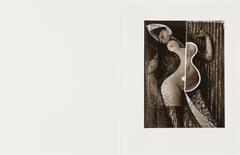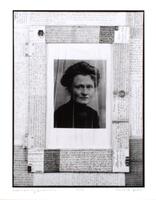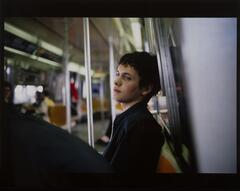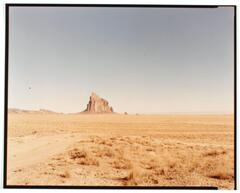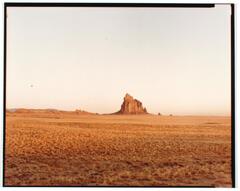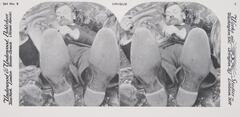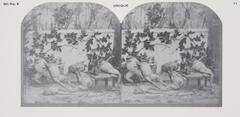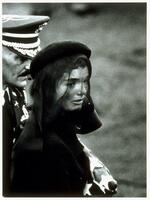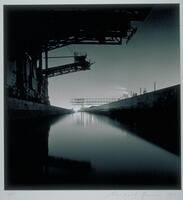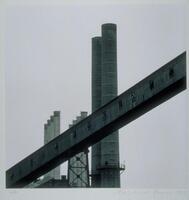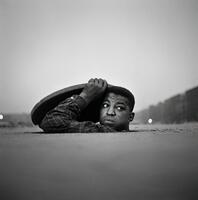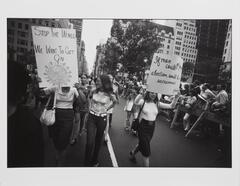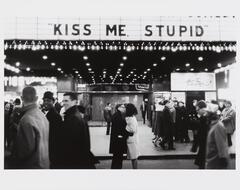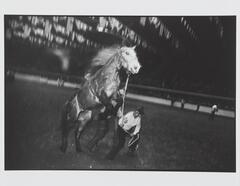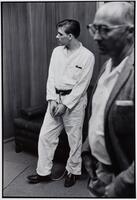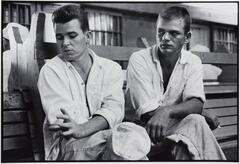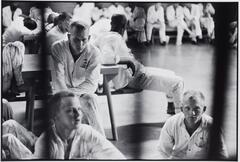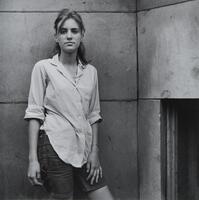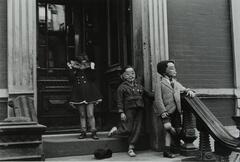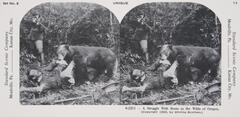102 Items in this Learning Collection
Collection Object
Collection Object
Collection Object
Collection Object
Collection Object
Collection Object
Collection Object
Collection Object
Collection Object
Collection Object
Collection Object
Collection Object
Collection Object
Collection Object
Collection Object
Collection Object
Collection Object
Collection Object
Collection Object
Collection Object
Collection Object
Collection Object
Collection Object
Collection Object
Collection Object
Collection Object
Collection Object
Collection Object
Collection Object
Collection Object
Collection Object
Collection Object
Collection Object
Collection Object
Collection Object
Collection Object
Collection Object
Collection Object
Collection Object
Collection Object
Collection Object
Collection Object
Collection Object
Collection Object
Collection Object
Collection Object
Collection Object
Collection Object
Collection Object
Collection Object
Collection Object
Collection Object
Collection Object
Collection Object
Collection Object
Collection Object
Collection Object
Collection Object
Collection Object
Collection Object
Collection Object
Collection Object
Collection Object
Collection Object
Collection Object
Collection Object
Collection Object
Collection Object
Collection Object
Collection Object
Collection Object
Collection Object
Collection Object
Collection Object
Collection Object
Collection Object
Collection Object
Collection Object
Collection Object
Collection Object
Collection Object
Collection Object
Collection Object
Collection Object
Collection Object
Collection Object
Collection Object
Collection Object
Collection Object
Collection Object
Collection Object
Collection Object
Collection Object
Collection Object
Collection Object
Collection Object
Copyright
All Rights Reserved
()
Moving Truck and Bureau Mirror
Accession Number
1990/2.47
Title
Moving Truck and Bureau Mirror
Artist(s)
Walker Evans
Artist Nationality
American (North American)
Object Creation Date
1929
Medium & Support
gelatin silver print on paper
Dimensions
5 in x 8 in (12.7 cm x 20.32 cm);14 5/16 in x 19 3/8 in (36.35 cm x 49.21 cm);4 13/16 in x 6 11/16 in (12.22 cm x 16.99 cm)
Credit Line
Gift of Mr. and Mrs. Harry H. Lunn, Jr., in Honor of the Centennial of The Michigan Daily
Label copy
Evans lived in Brooklyn, a near neighbor of the writer Hart Crane, whose poem The Bridge inspired some of Evans’s photographs of the Brooklyn Bridge. Encountering a partially loaded moving van, Evans used the opportunity to create an image of almost surrealist complexity. The disjunctive composition of this image gives the viewer pause. Several framing elements—brick walls, doors, mirror frame—create a layered patterning that is difficult to read. The moving van, reflected in the bureau mirror, is stacked with white chairs. The relationship of the inverted chair legs tends to flatten the visual space through their proximity to the chalk stars drawn on the doors. Evans may well be evoking the modernist trends in European art that he had seen in Paris a few years earlier.
Carole McNamara, Assistant Director for Collections & Exhibitions
on the occasion of the exhibition New York Observed: The Mythology of the City
(July 13 – September 22, 2003)
; Label copy
Walker Evans frequently features windows and mirrors as formal and conceptual devices in his images of urban and rural life in the United States. Though he was famous for being a documentary photographer, Evans resisted that label. Notably, he saw a distinction between documents and what he called his "deliberately wrought visual poetry disguised as plain prosaic fact."
In Flowers and Poster of Herbert Hoover, a window pane frames the face of Herbert Hoover, who looks out at the viewer from an aging campaign poster. The rotting window frame, drooping flowers, and a soiled box are evidence of dereliction brought to the viewer's attention through Evan's close framing. The photograph, made in the year of the stock market crash that initiated the Great Depression, ironically suggests the discrepancy between the image of prosperity Hoover promoted as presidential candidate and the economic realities of the time.
In both Moving Truck and Bureau Mirror and Mirror in Hotel Lobby Evans draws the viewer's attention to mirrors, which, like photographs, create a three-dimensional illusion on a flat surface. In Moving Truck, the shallow space of the photograph is opened up by a reflected view of the jumble of furniture in the back of an open truck, while in Hotel Lobby the mirror seems almost like a portal opening onto a deep interior space.
Subject matter
This photograph features a view of a partially loaded truck; stacked chairs and furniture prepared for moving are reflected on a bureau mirror. Reflections in the mirror create a spatially complex composition, with a series of framing elements that are difficult to parse at a mere glance.
Physical Description
View of a partially loaded truck, featuring a bureau mirror that reflects stacked chairs and furniture prepared for moving.
Primary Object Classification
Photograph
Collection Area
Photography
Rights
If you are interested in using an image for a publication, please visit http://umma.umich.edu/request-image for more information and to fill out the online Image Rights and Reproductions Request Form. Keywords
Architecture
Furniture
mirror
mirrors
modern and contemporary art
portfolios
reflections
reflections (perceived properties)
trucks
1990/2.47
Title
Moving Truck and Bureau Mirror
Artist(s)
Walker Evans
Artist Nationality
American (North American)
Object Creation Date
1929
Medium & Support
gelatin silver print on paper
Dimensions
5 in x 8 in (12.7 cm x 20.32 cm);14 5/16 in x 19 3/8 in (36.35 cm x 49.21 cm);4 13/16 in x 6 11/16 in (12.22 cm x 16.99 cm)
Credit Line
Gift of Mr. and Mrs. Harry H. Lunn, Jr., in Honor of the Centennial of The Michigan Daily
Label copy
Evans lived in Brooklyn, a near neighbor of the writer Hart Crane, whose poem The Bridge inspired some of Evans’s photographs of the Brooklyn Bridge. Encountering a partially loaded moving van, Evans used the opportunity to create an image of almost surrealist complexity. The disjunctive composition of this image gives the viewer pause. Several framing elements—brick walls, doors, mirror frame—create a layered patterning that is difficult to read. The moving van, reflected in the bureau mirror, is stacked with white chairs. The relationship of the inverted chair legs tends to flatten the visual space through their proximity to the chalk stars drawn on the doors. Evans may well be evoking the modernist trends in European art that he had seen in Paris a few years earlier.
Carole McNamara, Assistant Director for Collections & Exhibitions
on the occasion of the exhibition New York Observed: The Mythology of the City
(July 13 – September 22, 2003)
; Label copy
Walker Evans frequently features windows and mirrors as formal and conceptual devices in his images of urban and rural life in the United States. Though he was famous for being a documentary photographer, Evans resisted that label. Notably, he saw a distinction between documents and what he called his "deliberately wrought visual poetry disguised as plain prosaic fact."
In Flowers and Poster of Herbert Hoover, a window pane frames the face of Herbert Hoover, who looks out at the viewer from an aging campaign poster. The rotting window frame, drooping flowers, and a soiled box are evidence of dereliction brought to the viewer's attention through Evan's close framing. The photograph, made in the year of the stock market crash that initiated the Great Depression, ironically suggests the discrepancy between the image of prosperity Hoover promoted as presidential candidate and the economic realities of the time.
In both Moving Truck and Bureau Mirror and Mirror in Hotel Lobby Evans draws the viewer's attention to mirrors, which, like photographs, create a three-dimensional illusion on a flat surface. In Moving Truck, the shallow space of the photograph is opened up by a reflected view of the jumble of furniture in the back of an open truck, while in Hotel Lobby the mirror seems almost like a portal opening onto a deep interior space.
Subject matter
This photograph features a view of a partially loaded truck; stacked chairs and furniture prepared for moving are reflected on a bureau mirror. Reflections in the mirror create a spatially complex composition, with a series of framing elements that are difficult to parse at a mere glance.
Physical Description
View of a partially loaded truck, featuring a bureau mirror that reflects stacked chairs and furniture prepared for moving.
Primary Object Classification
Photograph
Collection Area
Photography
Rights
If you are interested in using an image for a publication, please visit http://umma.umich.edu/request-image for more information and to fill out the online Image Rights and Reproductions Request Form. Keywords
Architecture
Furniture
mirror
mirrors
modern and contemporary art
portfolios
reflections
reflections (perceived properties)
trucks
